Newsfeed
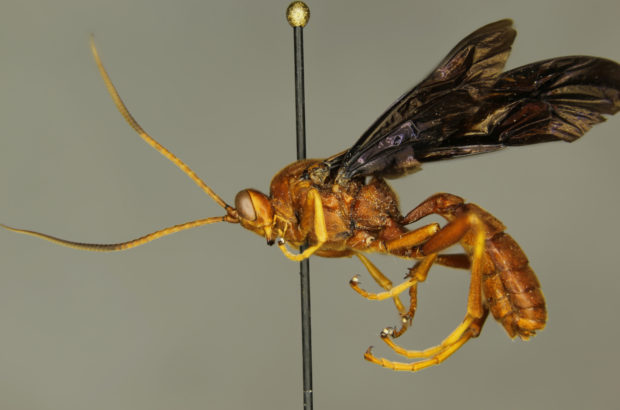
Long Distance Collaboration Documents An Overlooked, Hyper-Diverse Taxon
February 3, 2022Two dedicated volunteers and a graduate student in Utah come together to document one of Vermont’s least studied and most diverse insect families!
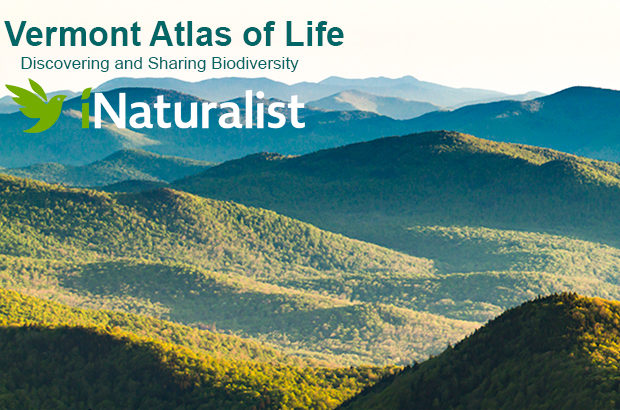
iNaturalists Helped the Vermont Atlas of Life Build Biodiversity Big Data in 2021
January 13, 2022In 2021 iNaturalists added over 201,000 biodiversity records to our rapidly growing database of life in Vermont. We had 7,759 observers contribute more than 200,000 observations representing more than 4,500 species verified. Read about all the discoveries and more!
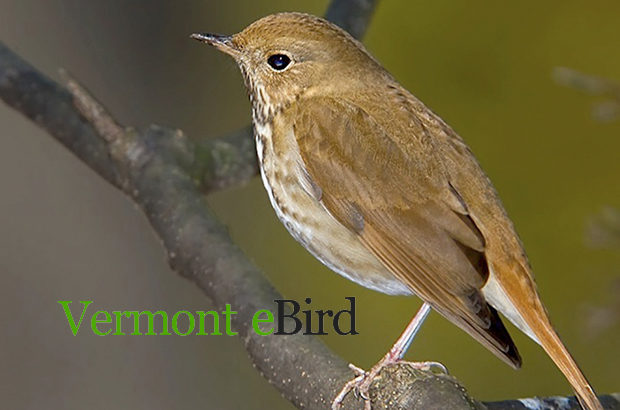
Vermont Birders Rally During 11th Annual eBird County Quest
January 10, 2022From the frigid mornings of the final Christmas Bird Counts of the 2020-2021 season to the discovery of Razorbills and Northern Gannets which briefly turned Lake Champlain into an Atlantic Ocean look-alike this past November, 2021 was a year full of birding surprises and, unsurprisingly, full of friendly competition during the 11th annual Vermont eBird County Quest.
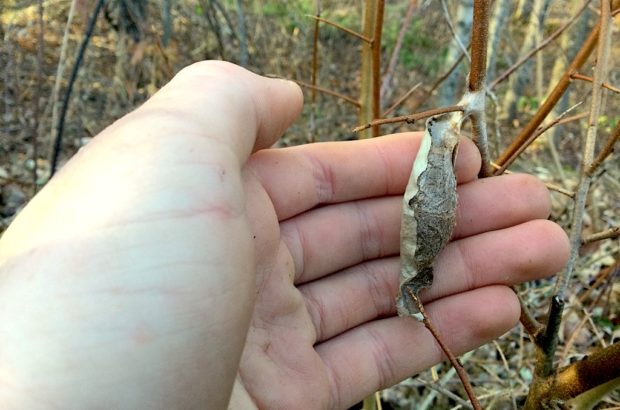
First Giant Silk Moth Cocoon Watch a Success
January 10, 2022Finding a well hidden and camouflage cocoon after searching high and low is thrilling! Our first, annual Giant Silkmoth Cocoon Watch was a huge success with over 100 observations submitted by observant community scientists.

Still Time to Contribute to the Vermont Giant Silk Moth Cocoon Watch!
December 14, 2021It has already been a great success. And there’s still more than two weeks left for you to contribute! Since the beginning of November, observers like you have been searching for these large cocoons and sharing with our project on iNaturalist. We’ve now tallied over 60 observations of four out of five Vermont species!
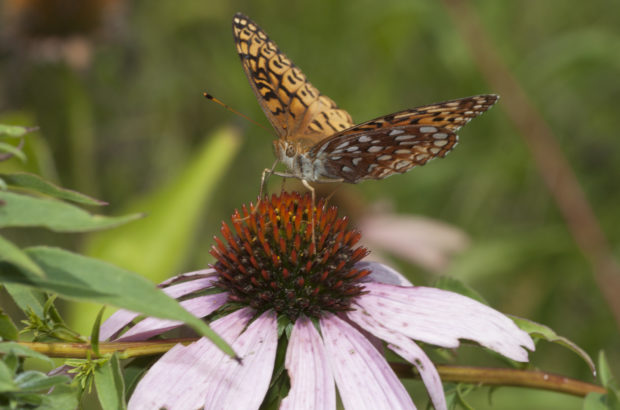
Soaring to New Heights
November 30, 2021eButterfly was recently named as a finalist in the Nature Inspiration Awards 2021. Each year, the awards recognize the achievements of organizations and individuals whose work inspires Canadians to get more involved in understanding and protecting nature.
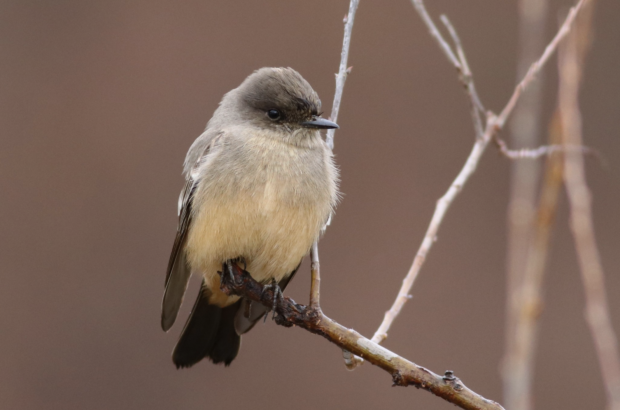
Highlights from the 40th Vermont Bird Records Committee Report
November 18, 2021The Vermont Bird Records Committee (VBRC) held its 40th annual meeting in November 2020. Each year, this panel of experienced birders meets to discuss rare bird reports, out-of-season reports, and rare nesting reports submitted by birders from across the state.
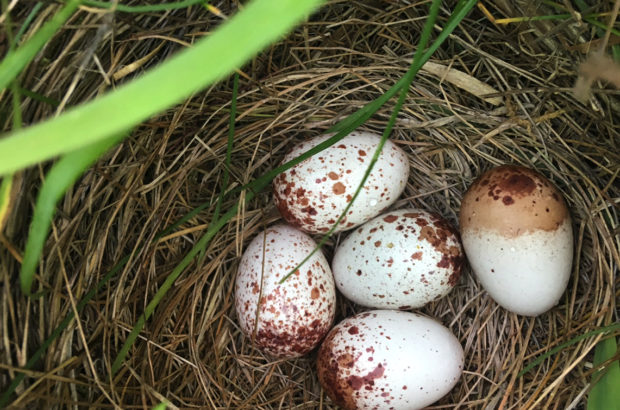
Vermont eBird Helps Inform Meadowlark Conservation Status
November 3, 2021Using new field data collected by a host of Vermont birders who participated in VCE’s 2021 Eastern Meadowlark Blitz, the Endangered Species Committee is considering listing this declining species as state-Threatened. This past spring and summer, more than 800 meadowlark records were amassed from almost 40,000 eBird checklists.
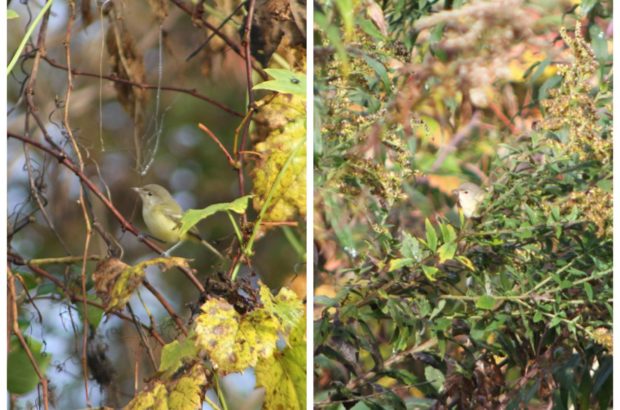
A Tiny, Displaced Vireo Makes a First-ever Vermont Appearance
November 3, 2021A small, yellowish vireo spotted by Kyle Jones in Woodstock, VT, had veteran birders temporarily stumped until VCE’s Nathaniel Sharp was able to confirm its identification. Soon, birders from across the state were flocking to the site, hoping for a glimpse of Vermont’s first-ever Bell’s Vireo. Read the details of this exhilarating find on the VCE blog.
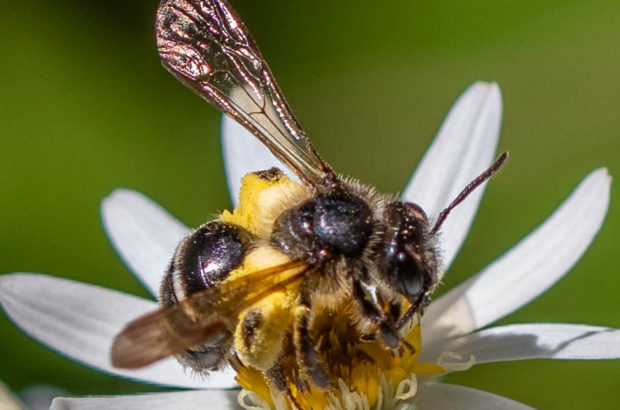
A Poorly Known Bee Hiding in Plain Sight
October 22, 2021Through a combination of specimens and iNaturalist observations, the Vermont Wild Bee Survey is illuminating a rare bee, even if the exact identity isn’t yet known.
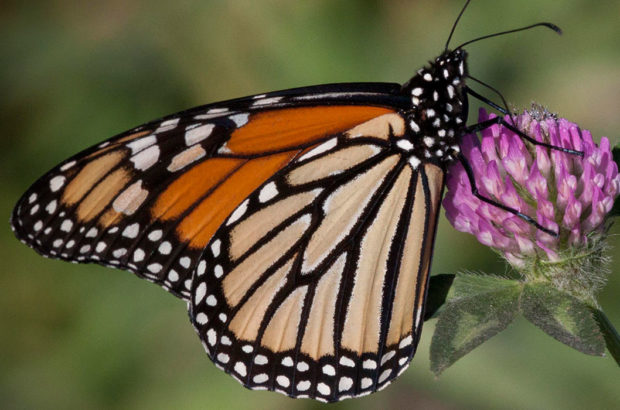
Vermont Monarch Monitoring Blitz Volunteers Report Robust Populations
September 1, 2021This year, during the Vermont Monarch Monitoring Blitz from July 28 to August 8, over 25 people helped the Vermont Atlas of Life capture a snapshot of late summer Monarch populations and productivity across the state as part of the international effort.
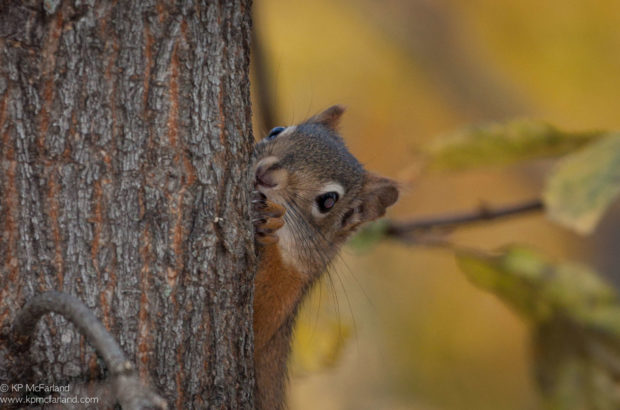
Mast and Mammals
September 1, 2021Finding acorns, beech nuts and cones in the forest is easier in some years than others. Tree masting events or the synchronous fruit production across large areas, is a phenomenon caused at least in part by summer temperatures. When nuts and cones are plentiful, many small mammals take full advantage of the bounty. iNaturalist reports are starting to yield insights into these important cycles.






